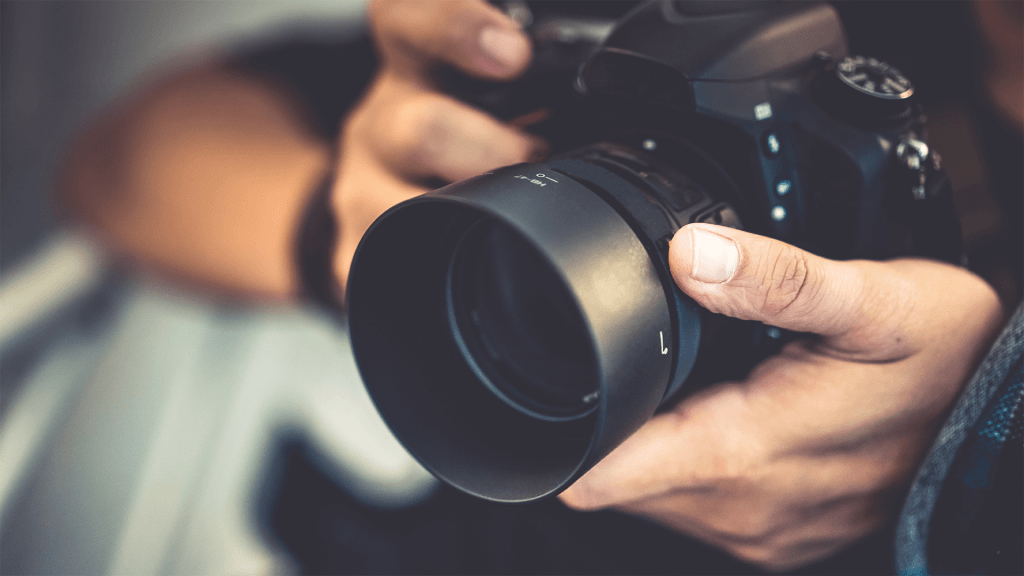
By Phil Goodman, CEO of British Promotional Merchandising Association [BPMA]
Despite the dominance and success of digital marketing channels, promotional merchandise remains a highly effective tool in building brand awareness and driving customer engagement and should, therefore, remain an integral part of all marketing strategies.
In fact, the most iconic and globally recognised brands from all industries, including food and drink, luxury brands and even the television industry, still rely on promotional merchandise to boost their brand and public messaging, even in a world where digital advertising may seem like the only effective option.
This is affirmed by recent research from the British Promotional Merchandising Association (BPMA), which showcases that 7 in 10 marketers use promotional merchandise to create brand awareness, with promotional products being six times more likely to make recipients feel appreciated compared to print, TV, direct mail, or web.
With that in mind, how exactly does the promotional merchandise sector continue to thrive in the digital world and how can brands leverage promotional products to increase target audience engagement and a resulting ROI? Let’s explore:
Physical brand experience
In the age of digital advertising, marketing online may seem like the best option for companies, and it definitely has its benefits. However, leveraging the power of promotional merchandise drives physical connection between the company and customer – ensuring the brand becomes more memorable when compared to a post seen online.
Indeed, having tangible products associated with a brand leads to stronger recall compared to digital marketing, as affirmed by the Promotional Products Association International (PPAI) , which revealed over 90% of recipients remember the branding on a promotional item.
This is further emphasised by the fact new research by Net Interpretative, Digital Intelligence for Business, has revealed a huge 80% of customers forget the majority of information of branded content posted online after only three days, with over half unable to recall a single detail.
A prime example of merchandise success is the leader of the beverage industry, Coca-Cola, who have used promotional products within its marketing strategy since inception in 1886. Now one of the most recognised brands globally, Coca-Cola has adapted with the ever-evolving advertising market by combining promotional merchandise with media marketing, gaining the title of the world’s sixth most valuable brand in 2020 by Forbes. 135 years later, Coca-Cola is still one of the most iconic brands in the world, which continues to leverage promotional merchandise to market its brand.
Iconic British television program Love Island also uses promotional merchandise to keep their audience engaged even after the show concludes each season. The notable ‘Love Island’ water bottles sold by ITV, have had everyone talking for the last few years – with fans of the show able to purchase the same style of water bottle as members of the cast, which can even be personalised. This product has constantly been flying off the shelves as a reminder of it being the closest many people will get to stepping foot inside the villa. Combining the promotional merchandising item with the virally discussed concept of the ‘emotional support’ water bottle – an item individuals can have with them in a state of awkwardness or anxiety – has kept the item relevant, not to mention it being a popular gift option.
Ultimately, these companies represent excellent examples of brands who have increased loyalty whilst fostering a connection through items customers can keep forever. In an eye-opening contrast, a new study from Provoke Insights highlights that most people only remember up to a tenth of the digital ads they have seen in the past 24 hours.
Return on Investment
According to the PPAI, close to 85% of people who receive promotional products, are happy to do business with the company that provided them – affirming brand interest and improved business outcomes.
Energy drink corporation, Redbull, does an excellent job at marketing its brand with promotional products, where promoters often give out free drinks and other merchandise, including pens and clothing, to get customers wanting more.
In fact, using promotional merchandise in conjunction with successful and unusual digital campaigns which target a specific audience has ensured Redbull has blossomed into the well-known company loved by many, with its brand awareness standing at an impressive 94% worldwide.
Concluding points
Overall, while digital marketing often targets specific audiences and age groups, promotional products can appeal to a wider range of demographics all the way from Gen Alpha to Baby Boomers; with tangible merchandise creating a longer lasting and efficient way to maintain brand visibility for businesses, while enhancing customer loyalty through repeated exposure and engagement.
On balance, although an extremely effective marketing tool, the digital landscape can be crowded with many advertisements for different products and companies. To really set any brand aside from industry competitors, integrating digital efforts with tangible merchandise amplifies recognition and engagement all through the powerful combination of a physical reminder with an online advert.
Therefore, when promotional merchandise is used in harmony with digital advertising, the two methods of target audience engagement create an unstoppable combination which should never be overlooked, today and for years to come.





















